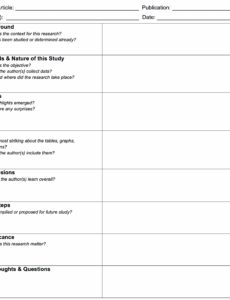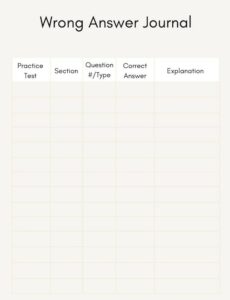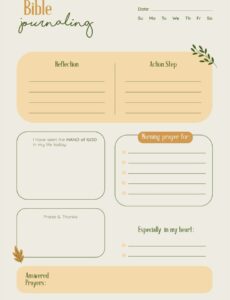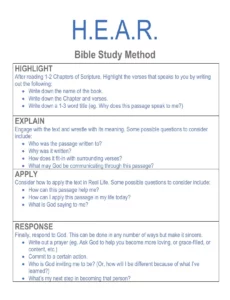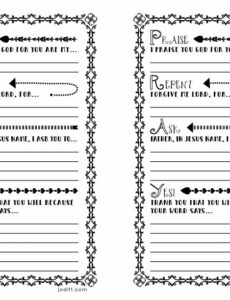Embarking on a science fair project is an exciting journey of discovery, bringing to life hypotheses and experiments that can reveal fascinating insights into the world around us. Whether you’re investigating the growth of plants under different light conditions or exploring the properties of various chemicals, a well-organized approach is key to success. This journey isn’t just about the experiment itself, but also about the meticulous documentation that accompanies it, ensuring every step, every observation, and every conclusion is clearly recorded.
Keeping track of your project’s evolution can feel daunting without a clear system. That’s where a structured tool comes into play, transforming a jumble of notes into a cohesive narrative of your scientific endeavor. A dedicated journal isn’t merely a place to jot down thoughts; it’s a comprehensive log that reflects your dedication and scientific rigor, making the entire process smoother and more effective, from initial concept to final presentation.
The Essential Components of Your Science Fair Project Journal
A truly effective science fair project journal serves as the backbone of your entire experiment, detailing everything from your initial curiosity to your final analysis. It’s more than just a notebook; it’s a chronological record of your scientific journey, proving to judges and yourself the thoroughness of your work. Think of it as your project’s biography, capturing its life story as it unfolds. Without a clear and consistent method of documentation, even the most groundbreaking discoveries can lose their impact if they aren’t properly communicated.
Beginning your journal correctly sets the stage for everything that follows. You’ll want to start with the foundational elements that define your project’s scope and purpose. This early section is crucial for outlining your thought process and ensuring you stay on track as you move forward. It’s where your initial spark of an idea begins to take concrete form, laying the groundwork for all subsequent research and experimentation.
Planning Your Experiment
- Project Title: A clear, concise name that summarizes your investigation.
- Your Name and Grade: Personal details for identification.
- Research Question: The specific question your experiment aims to answer. This is the heart of your project.
- Hypothesis: Your educated guess about the outcome of your experiment, stating what you predict will happen and why.
- Background Research: Summaries of any prior information or studies that informed your hypothesis. This shows you’ve done your homework.
- Materials List: A comprehensive list of everything you’ll need, including quantities and specifications.
- Procedure: Step-by-step instructions on how you will conduct your experiment, detailed enough for someone else to replicate.
Once your planning is complete, the journal then becomes the active space for recording your findings as they happen. This is the dynamic part of your journal, where raw data and observations are captured in real-time. It’s imperative to document everything honestly and accurately, as these entries form the evidence that supports or refutes your hypothesis. Any changes, unexpected events, or challenges encountered should also be logged here, demonstrating adaptability and problem-solving skills. The comprehensive nature of a science fair project journal template ensures no critical detail is overlooked.
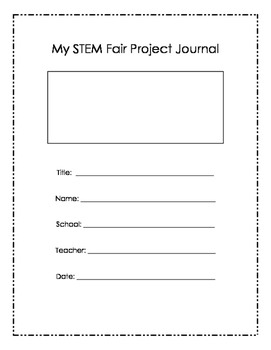
Recording Your Findings
- Experiment Dates: The start and end dates of your experiment, as well as specific dates for each observation.
- Observations: Detailed notes on what you see, hear, smell, and feel during each stage of your experiment. Be specific!
- Data Collection: Organized tables, charts, or graphs to record quantitative data (measurements, numbers).
- Results: A summary of your data, identifying any patterns or trends observed.
- Analysis: Your interpretation of the results, discussing whether they support or contradict your hypothesis and why.
- Conclusion: A summary of your findings and what they mean, reflecting on the experiment’s success and potential future research.
Maximizing Your Project’s Potential with a Structured Journal
Utilizing a structured science fair project journal template offers immense advantages, streamlining the entire documentation process and enhancing the quality of your submission. Instead of grappling with scattered notes or trying to remember crucial details weeks after an observation, a template provides a ready-made framework that guides you through each necessary step. This organized approach reduces stress, saves valuable time, and ensures that no critical piece of information is accidentally left out, which can be the difference between a good project and a great one.
A template brings consistency to your record-keeping. Every section is clearly defined, prompting you to fill in the required information systematically. This not only makes your journal easier to read and understand for judges but also helps you maintain a clear line of thought throughout your project. When you have a dedicated space for your hypothesis, another for your materials, and yet another for your daily observations, your scientific process becomes transparent and logical, highlighting your ability to conduct thorough research.
Moreover, a well-maintained journal serves as an invaluable resource when it comes time to synthesize your findings into a final report or presentation. All the information you need, from raw data to your analysis and conclusions, is neatly compiled in one accessible location. This eliminates the frantic search for lost notes or the struggle to recall specific details, allowing you to focus on articulating your discoveries clearly and confidently. It truly simplifies the transition from experimentation to communication, making the final stages of your project much smoother.
Embracing a pre-designed structure for your science fair project journal also encourages good scientific habits. It teaches you the importance of meticulous record-keeping, the value of systematic inquiry, and the power of organized data. These are fundamental skills that extend far beyond the science fair, proving beneficial in academic pursuits and future professional endeavors. The discipline developed through using a comprehensive template sets a strong foundation for any scientific or analytical work you undertake.
Navigating the complexities of a science fair project becomes significantly less challenging when you have a reliable companion in the form of a detailed journal. It’s more than just a requirement; it’s a powerful tool that guides your scientific exploration and demonstrates the depth of your understanding and effort. By meticulously documenting your journey, from the first curious thought to the final conclusive statement, you not only ensure academic success but also cultivate valuable organizational and analytical skills that will serve you well in all your future endeavors. Your well-kept journal will stand as a testament to your hard work and intellectual curiosity.
